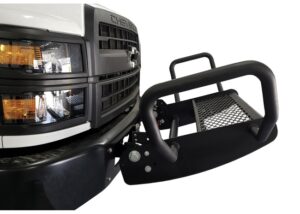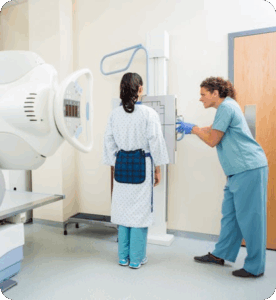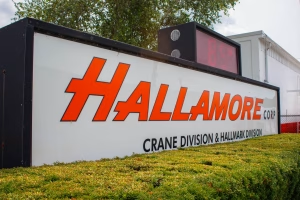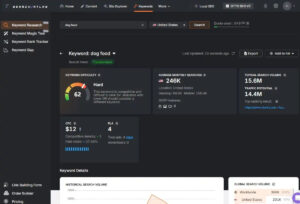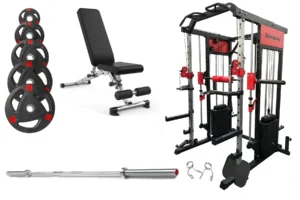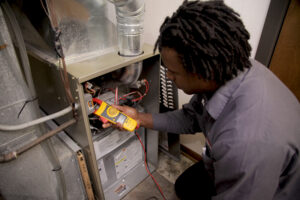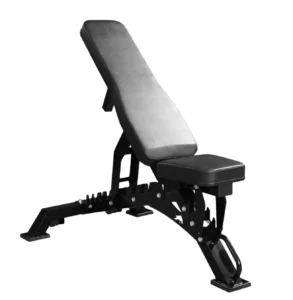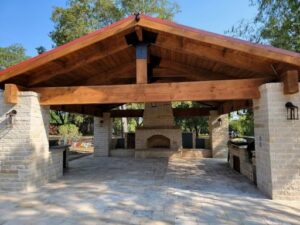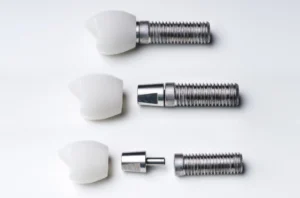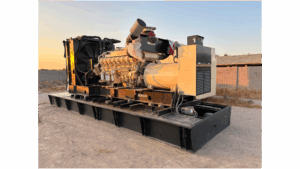Edinburgh, Indiana / Syndication Cloud / September 2, 2025 / Midwest Engines & Generators (MEG)

When a facility plans for backup or prime power, two of the biggest decisions are which brand of diesel generator to buy and whether to rely on a single large machine or several units in parallel. Both strategies can deliver megawatt‑scale power, but the choice depends heavily on a facility’s load profile, risk tolerance, and expansion plans.
Why Redundancy Matters
A standby generator is a lifeline for critical systems. Data centers cannot risk downtime because even a minute offline can result in hundreds of thousands in lost revenue, SLA penalties, and wasted investment—plus higher operating costs as systems reboot and staff manage recovery. NFPA 110 regulations bind hospitals to ensure the continuous operation of life‑safety systems. Utilities, oil and gas operators, and manufacturers often face contractual penalties or safety risks if power cuts out.
That’s why redundancy strategy—choosing how to deploy generators—is just as important as the brand or model facilities choose. With stakes this high, the next question becomes: should you concentrate capacity in one large generator or distribute it across several smaller ones?
The Case for a Single Giant Generator
Going with a single high‑capacity diesel unit (such as a CAT C175‑20 rated at 4000 kW) offers clear advantages. A single piece of equipment reduces the footprint required, simplifies paralleling switchgear, and minimizes the number of engines and alternators to maintain. For hyperscale data centers or oil and gas operations, one 4 MW machine can supply entire data halls or drilling operations in a compact package.
The trade‑off: if that machine goes down, there’s no backup. Maintenance windows can be harder to coordinate, and permitting for a huge generator may involve additional environmental compliance. High fuel consumption at full load makes lifecycle planning essential.
The Case for Multiple Smaller Units
Many operators prefer deploying multiple generators in the 750 kW to 1500 kW range, such as the Cummins C1500D6E or Cummins DQCB 750 kW. Arranging units in parallel allows for N+1 or 2N redundancy—meaning one unit can fail or come offline for maintenance without interrupting critical load.
This approach adds flexibility. Facilities can bring on only as much generation as needed at a given time (reducing fuel waste during low load periods), and expand later by adding more units. Hospitals, mid‑size data centers, and municipal sites often choose this route because the individual footprint is smaller and local permitting is simpler.
The trade-off: paralleling requires more gear, operator training, and higher upfront integration costs.
Balancing the Trade‑Offs
The choice between a single giant machine and multiple smaller gensets requires a clear understanding of a facility’s operational needs. General guidance includes:
- Hyperscale / Heavy Industry: Often lean toward higher‑capacity single units to simplify deployment.
- Healthcare / Regulated Environments: Frequently choose multiple smaller units for resilience and compliance flexibility.
- Municipal & Commercial Facilities: Prefer modular 500–1000 kW sets to match facility size and budget while preserving growth options.
Expert Insight
According to Midwest Engines & Generators (MEG), a leading dealer handling brands like CAT, Cummins, Kohler, and MTU, a redundancy strategy is one of the first conversations they have with buyers.
Industry veteran Chris Ricketts and his MEG team emphasize that the “best” choice isn’t just about kW rating—it’s about installation environment, compliance obligations, budget, and long‑term growth plans.
Power Generation Considerations
Whether a facility chooses a single 4 MW giant or a bank of smaller, paralleled machines, redundancy planning is about more than capacity—it’s about risk management. The smart move is to carefully weigh load requirements, compliance needs, and operational priorities before committing.
As MEG points out, the right configuration is ultimately the one that ensures reliable performance under real-world conditions, not just on paper.
Midwest Engines & Generators (MEG)
312 W Center Cross Street
Edinburgh
Indiana
46124
United States

